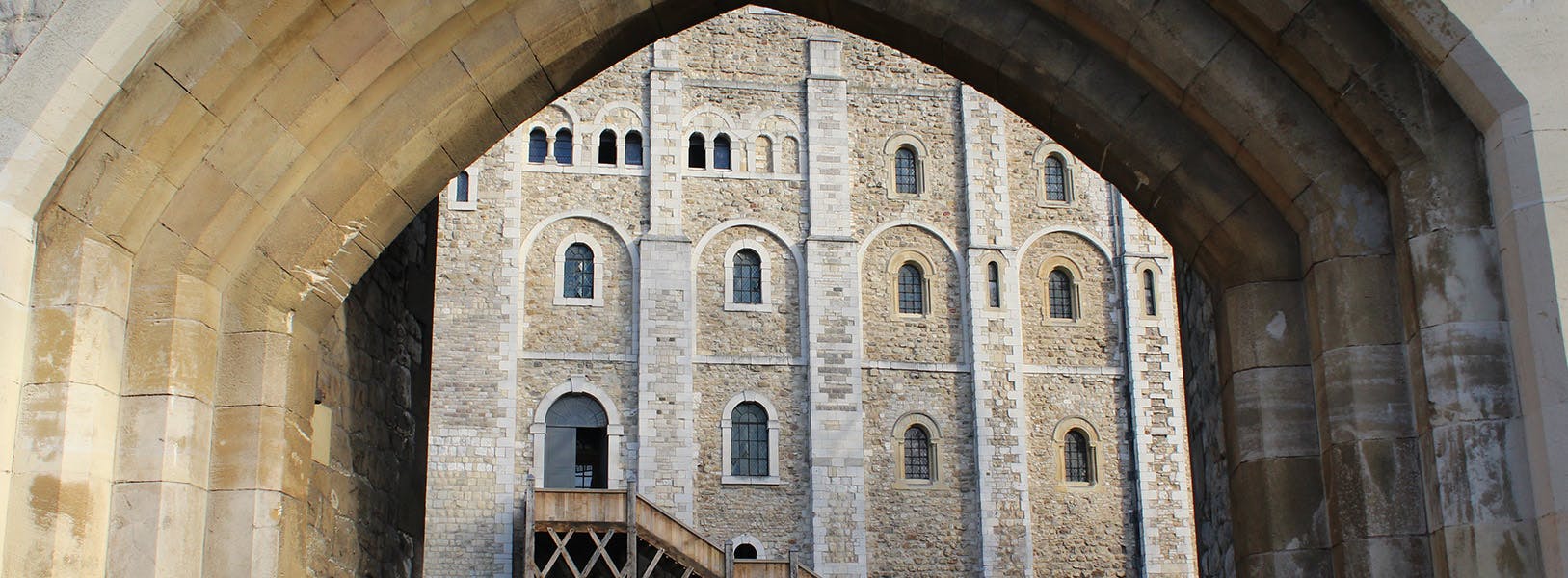
From royal musicians at the Tudor court to an enslaved African at the Tower of London, explore stories of Black history at our palaces.
Explore Black history at the palaces

John Blanke
John Blanke was a royal trumpeter in the courts of Henry VII and Henry VIII. He witnessed some of the great moments in England's history and contributed to some of the greatest spectacles of the Tudor age.
He would have been present at many important royal ceremonies, including Henry VII's funeral procession and Henry VIII's coronation procession from the Tower of London.
He is pictured twice on the Westminster Tournament Roll of 1511, a scroll commemorating the grand jousting tournament that took place to celebrate the birth of Henry VIII's short-lived first son, also named Henry.
When John got married in 1512, Henry VIII gifted him a new wedding outfit, indicating his important status within the royal household. Although this is the last surviving reference to John Blanke, he remains a significant figure in Tudor and Black British history as the only Black Tudor for whom we have an identifiable image.
Image: College of Arms MS Westminster Tournament Roll, 1511. Reproduced by permission of the Kings, Heralds and Pursuivants of Arms.
Read more about John BlankeEdward Francis
Edward Francis was an enslaved African who poisoned his owner Thomas Dymock, the Keeper of the Lions at the Tower of London, in the late 1600s in a bid to gain his freedom.
In January 1692, Thomas Dymock appeared before Lord Lucas, the Constable of the Tower, to allege that Edward Francis had poisoned his household in order to ‘be master himself’. Edward confessed and admitted that he had begun poisoning Thomas Dymock and his wife Jane with rat poison, bought from a ‘rat catcher’, in the summer of 1691.
Edward's actions demonstrate the extreme lengths that some people went to in order to resist enslavement. This extraordinary story sheds new light on slavery and resistance at the Tower of London, as well as the broader context of slavery in English law and society.
Read more about Edward Francis
Podcast: Black Tudors with Miranda Kaufmann and Michael Ohajuru
Historian Michael Ohajuru and historian Miranda Kaufmann talk about their research into Black Tudors in England during the 16th century.
Listen on Apple Listen on Libsyn Listen on Spotify
Blog: Black Presence at the Tudor Court
Historian and Director of The John Blanke Project Michael Ohajuru discusses the presence of Black people at the Tudor court.
Explore other stories

Blog: Zeinab Badawi on Sarah Bonetta Forbes and "Contested History"
Journalist Zeinab Badawi explores the story of Sarah Forbes Bonetta, a protégée of Queen Victoria, and the problem with the term "contested history".

Blog: Luke Pepera on a Story of Two Kings
Luke Pepera, a writer, broadcaster, historian and anthropologist who specialises in African history and culture, compares the lives of two contemporary kings who ruled their kingdoms in the first half of the 16th century.
Podcast - Yinka Shonibare: Empire and art
Listen to this conversation with artist Yinka Shonibare exploring how the Georgians have influenced modern art, and how Yinka's own work has explored ideas of race, class and the meaning of cultural and national definitions.
Listen on Apple Listen on Libsyn Listen on Spotify